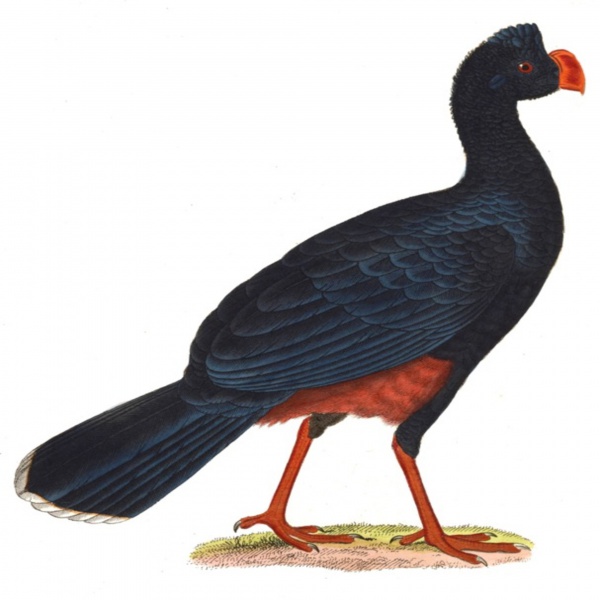Facts About Alagoas curassow
The Alagoas curassow, a striking, pheasant-like bird with glossy black plumage, once roamed the forests of Northeastern Brazil. Unfortunately, it is now extinct in the wild, with only about 130 individuals remaining in captivity.
This distinctive bird was first documented in 1648 by German naturalist Georg Marcgrave and later rediscovered in 1951. It is notable for its red bill, red legs, and a crescent-shaped patch of bare skin around its ears.
Since 1977, the Alagoas curassow has been confined to captivity. Conservationists have been diligently working to enhance its genetic diversity through managed breeding programs.
In the wild, these birds thrived in subtropical and tropical moist lowland forests, primarily subsisting on fruits. However, extensive deforestation and hunting led to their extinction in their natural habitat. Efforts are currently underway to reintroduce them to the wild, although challenges such as habitat destruction and illegal hunting remain significant obstacles.
The Alagoas curassow is protected under Brazilian law and is listed in CITES Appendix I, which aims to ensure that international trade does not threaten the species' survival.
In captivity, their diet consists mainly of fruits and nuts, though little is known about their behavioral patterns in the wild. Conservationists are carefully managing the captive population to prevent hybridization and maintain genetic integrity.
The future of the Alagoas curassow hinges on the success of breeding programs, effective conservation efforts, and habitat restoration. With sustained dedication, there is hope that these magnificent birds might one day return to their natural habitat.

 Chile
Chile